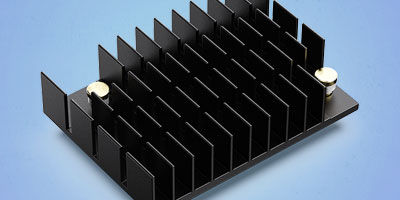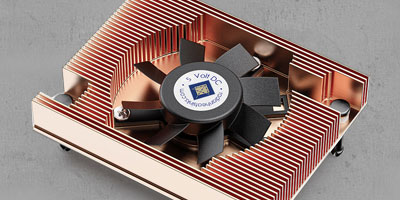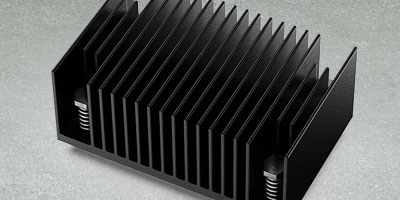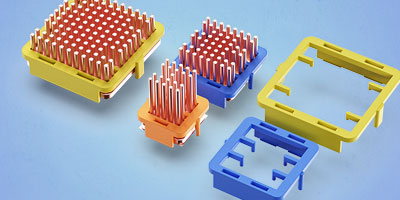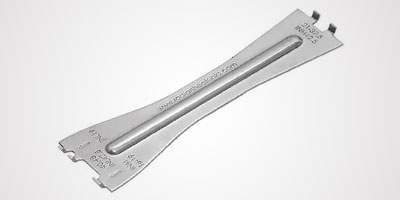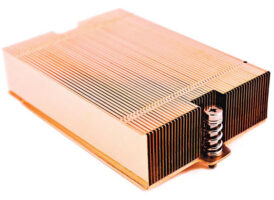Radian Thermal Products specializes in two-phase cooling technology, known for its superior heat transfer capabilities compared to traditional cooling methods. The process is a combination of liquid and vapor phases that efficiently dissipate heat to maintain optimal operating temperatures.
One of the key advantages of our two-phase cooling solutions is the ability to handle high heat loads without compromising performance. Whether you require cooling for industrial equipment, data centers, or electronic devices, our two-phase cooling solutions can handle the most demanding thermal management requirements.
We offer a wide selection of cooling systems, including impingement cooling, direct-to-chip cooling, and cold plate cooling, among others. Our team of engineers works closely with you to understand your specific cooling requirements and recommend the most suitable solution for your application.
A vapor chamber thermal system is a cooling mechanism that utilizes the principles of phase change to transfer heat away from a heat source. It consists of a sealed copper chamber filled with a small amount of water. The chamber contains a wick structure that helps circulate the working fluid.
The vapor chamber thermal system operates on the principles of evaporation and condensation. When the heat source, such as a high-performance processor or graphics card, generates heat, the water in the chamber absorbs this heat and evaporates. The vapor then moves towards the cooler part of the chamber, where it condenses back into liquid form, releasing the accumulated heat. This cycle continues if there is a temperature difference between the heat source and the cooling fins or heat sink.
